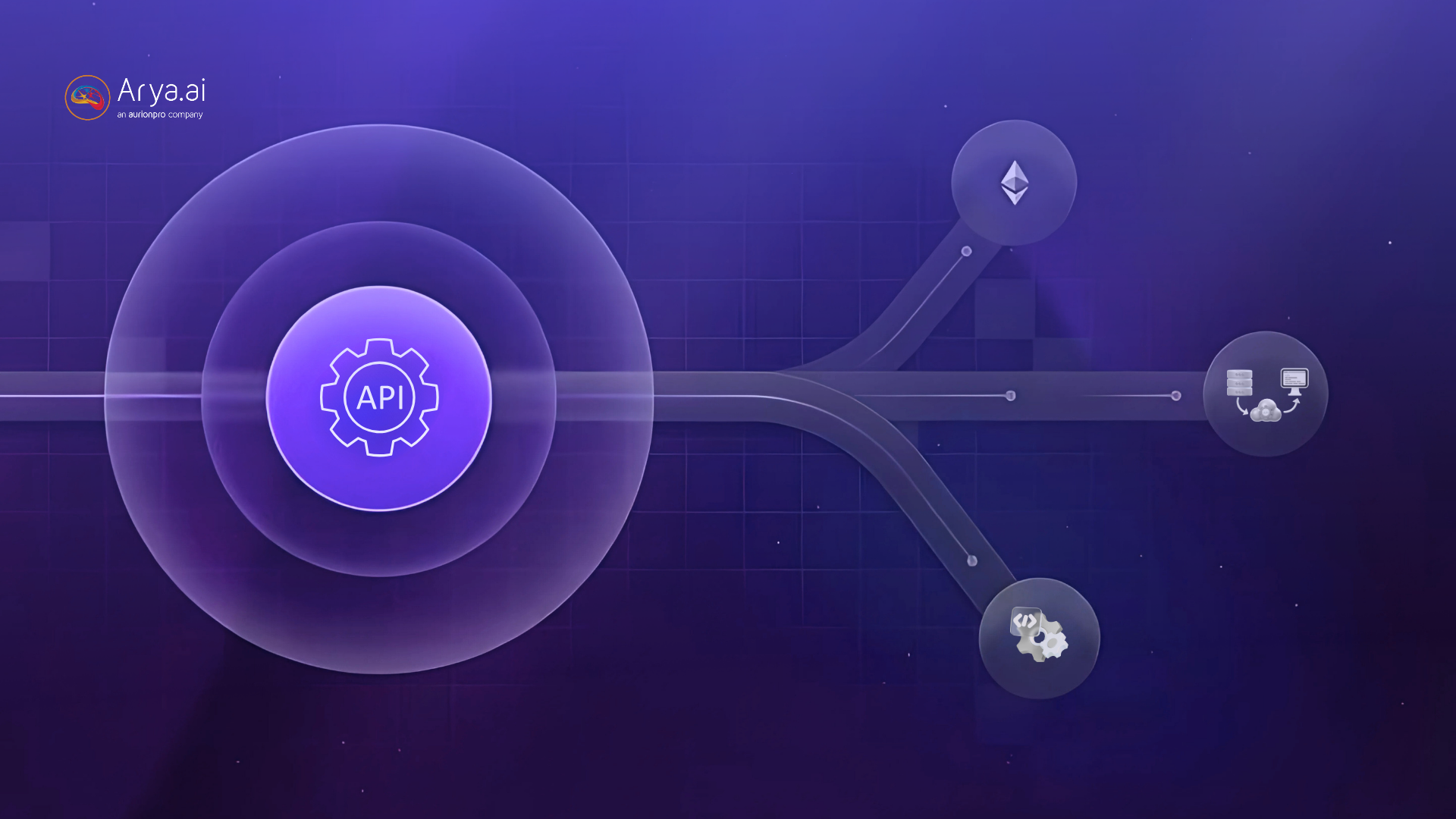
APIs have become the invisible backbone of financial services. They power everything from mobile banking apps to real-time fraud detection. The global open banking market is projected to reach $135.17 billion by 2030. McKinsey estimates that AI could enable $1 trillion in global banking revenue shifts by 2030.
The takeaway is simple: fintech APIs are not just middleware, they are strategy. This blog takes a close look at 15 standout fintech APIs for 2025. We’ll explore what they do, how they work, and the real-world problems they solve.
What are Fintech APIs?
A fintech API (Application Programming Interface) is a structured way for applications to communicate with financial systems. APIs expose specific services such as payments, KYC checks, or risk scoring through secure endpoints. Enterprises can plug into these services without rebuilding infrastructure.
At a technical level, APIs follow a request–response model, typically REST or GraphQL. Authentication is handled via OAuth 2.0 or API keys, while compliance-sensitive flows may add tokenization, encryption, and AML/KYC validation layers. This makes APIs both developer-friendly and enterprise-grade.
How Do Fintech APIs Work?
At a high level, fintech APIs act as the bridge between banks, third-party apps, and end users. They enable secure data exchange while keeping workflows modular and compliant.
.jpg)
Under the hood, the process usually follows a structured sequence:
- Authentication & Authorization – APIs confirm whether the requester has valid credentials.
- Request Handling – Applications send structured requests (JSON, XML) to defined endpoints.
- Data Processing – The API connects to core banking systems, third-party data providers, or AI models.
- Response Delivery – Results are returned in real time whether that’s a payment confirmation, an account balance, or a fraud alert.
- Compliance Guardrails – APIs integrate logging, auditing, and encryption to meet financial regulations.
This modularity lets enterprises combine multiple APIs into complex workflows, reducing development cycles and operational risk.
Top 15 Fintech APIs in 2025
1. Arya.ai – KYC Extraction API
KYC processes often slow down customer onboarding because documents come in different formats and require manual checks. Arya.ai’s KYC Extraction API solves this by automatically pulling structured data from identity documents such as Aadhaar, PAN, Passport, Driving License, and Voter ID. The AI models are trained to handle image quality variations, multiple layouts, and errors in scanning.
Features include multi-document support, real-time extraction, and high accuracy even with noisy inputs.
Use cases: Banks and fintech platforms integrate this API to streamline account opening, reduce manual verification costs, and improve compliance with KYC norms.

2. Plaid API
Plaid is one of the most widely adopted fintech APIs, acting as a bridge between customer bank accounts and financial applications. It works by securely connecting user accounts across thousands of banks and credit unions, providing developers with normalized financial data.
Features include balance checks, transaction histories, account authentication, and identity verification. It also supports payment initiation in some regions.
Use cases: Personal finance apps use Plaid to deliver spending insights, lenders use it for credit risk assessments, and neobanks integrate it for instant account verification.
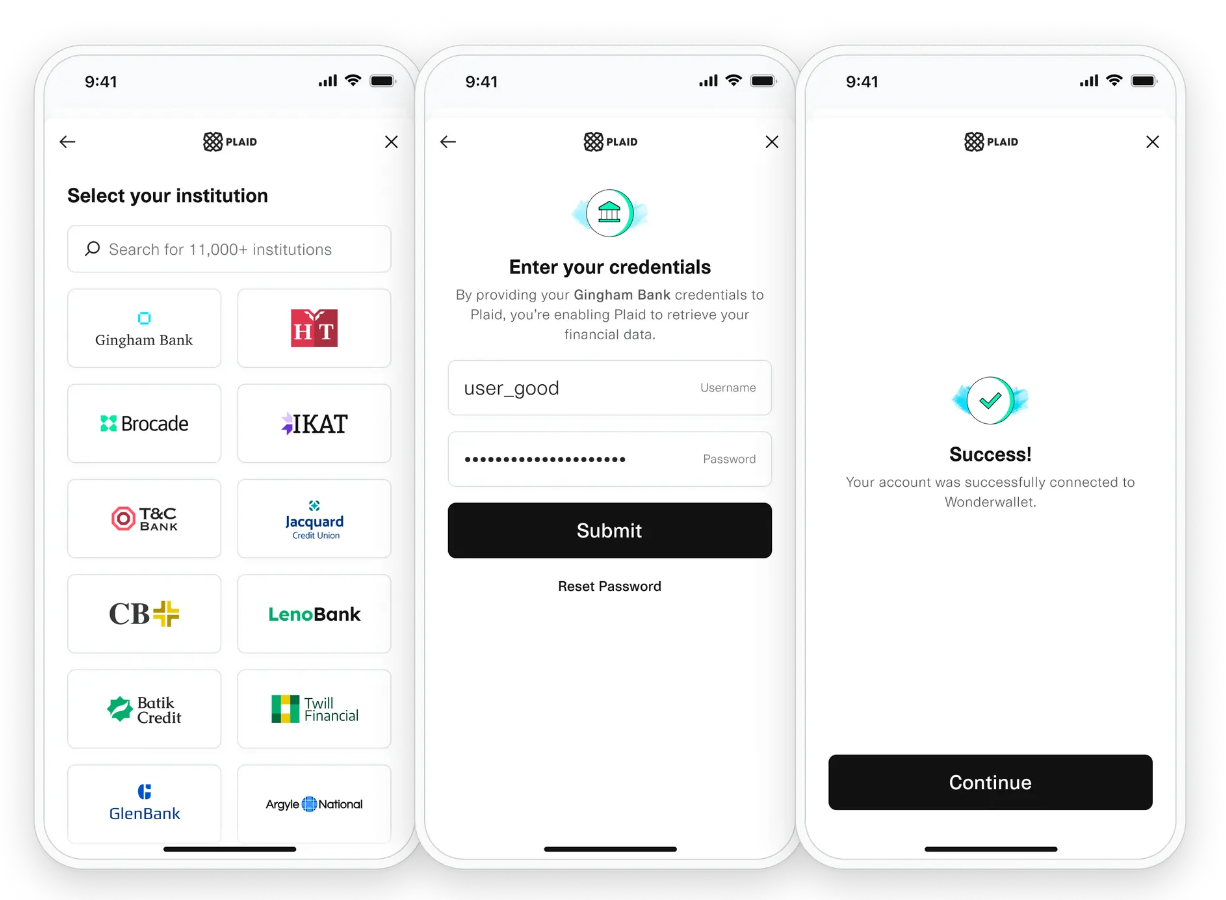
3. Arya.ai – ID Verification API
Identity verification is a regulatory must-have in banking and lending. Arya.ai’s ID Verification API enables quick, secure, and reliable validation of customer identity by cross-checking government records and applying advanced AI-based document recognition.
Features include automated fraud detection, AML compliance support, and multi-source government integration.
Use cases: Ideal for onboarding in digital banking apps, lending platforms, and insurance providers where regulatory compliance and fraud prevention are non-negotiable.

4. Stripe API
Stripe is synonymous with digital payments. Its API enables businesses to accept payments globally while handling currency conversion, security, and compliance in the background. It works by creating secure payment intents that abstract away the complexity of card networks and local regulations.
Features include recurring billing, fraud detection, and multi-currency support.
Use cases: E-commerce platforms, SaaS subscriptions, and marketplaces integrate Stripe to manage transactions at scale.
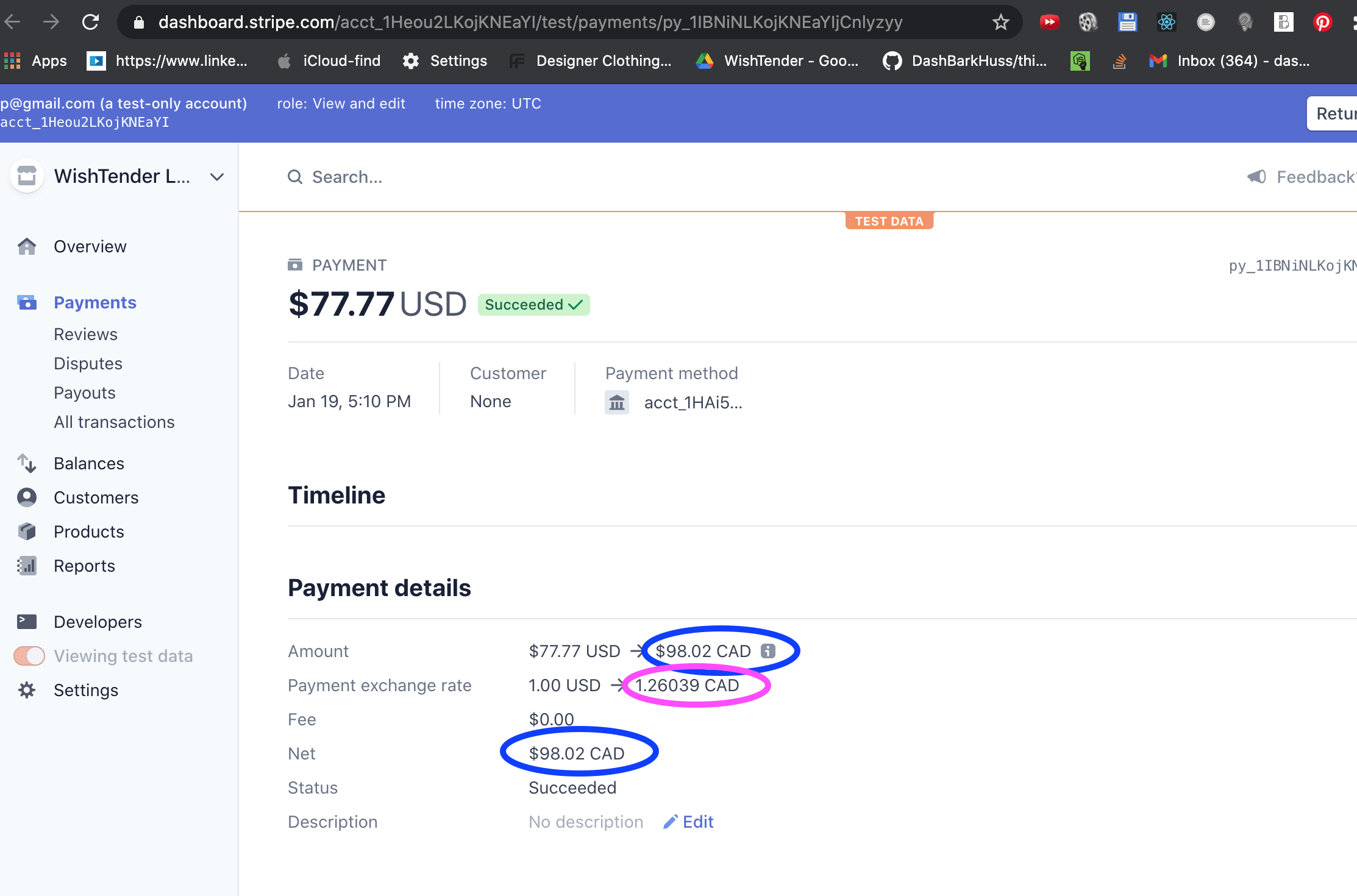
5. Arya.ai – Bank Statement Analysis API
For lenders, assessing creditworthiness often depends on parsing months of bank statements. Arya.ai’s Bank Statement Analyzer API automates this task with AI and NLP that interpret raw financial transactions. It categorizes expenses, detects anomalies, and generates structured outputs.
Features include support for multiple formats (PDF, images, scanned copies), anomaly detection, and instant reporting.
Use cases: Banks and NBFCs use it for underwriting, embedded lenders rely on it for instant loan approvals, and fintechs integrate it for real-time credit scoring.

6. Yodlee API
Yodlee provides a powerful API for financial data aggregation. It connects to over 16,000 global data sources and normalizes customer financial information into structured insights.
Features include access to transaction history, investments, liabilities, and real-time account balances. Its risk analytics tools help detect fraud.
Use cases: Wealth management apps integrate Yodlee to offer consolidated portfolio views, while lenders use it to assess customer liabilities before loan approval.
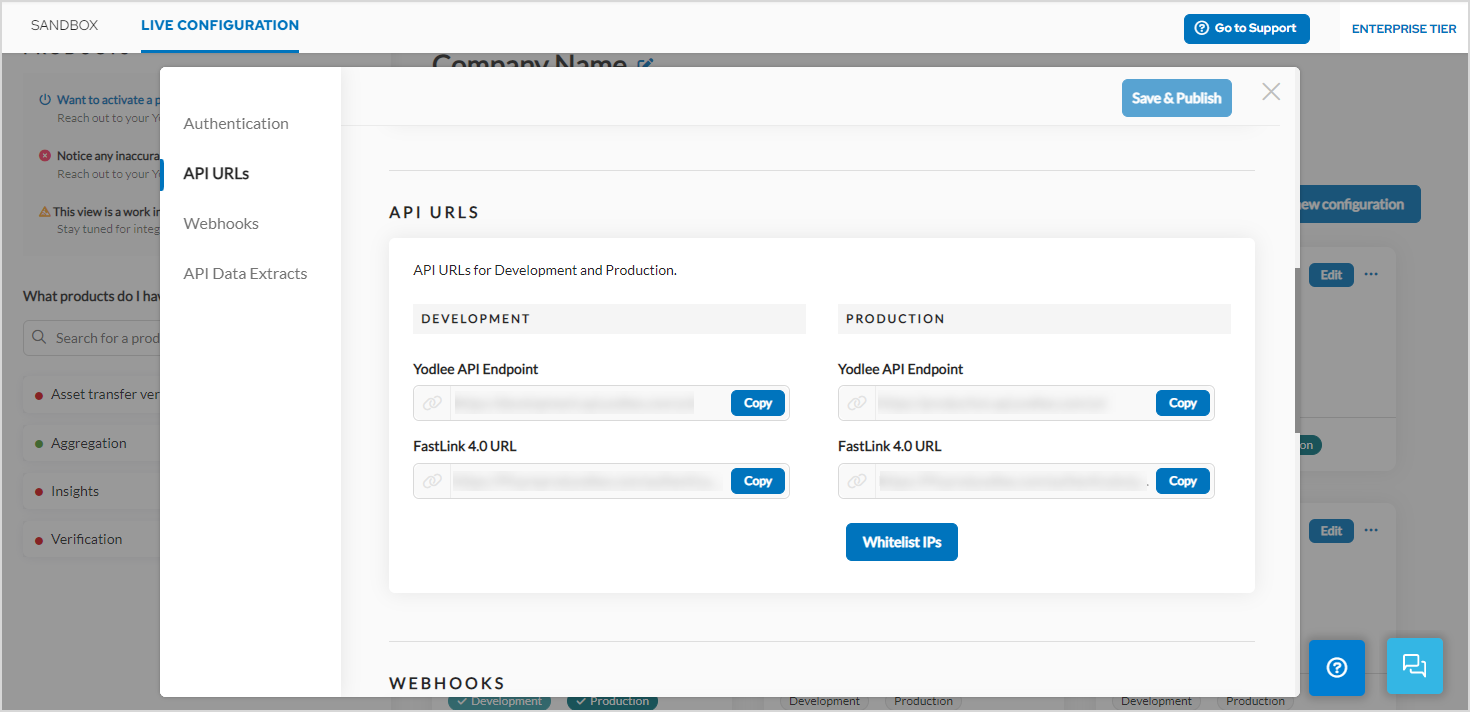
7. Arya.ai – Liveness Detection API
Spoofing and deepfake attempts are rising concerns in digital identity verification. Arya.ai’s Liveness Detection API ensures that a real human is present during verification. Using advanced computer vision, it distinguishes genuine users from photos, videos, or 3D masks.
Features include real-time detection, device-agnostic integration, and low-latency performance.
Use cases: Critical for mobile banking onboarding, insurance claim verification, and high-value transaction approvals.

8. Mastercard Developers API
Mastercard provides a suite of APIs for payments, fraud detection, and data insights. Its open banking solutions allow developers to integrate account verification, transaction categorization, and secure payments.
Features include global interoperability, fraud scoring, and tokenized payments.
Use cases: Banks use Mastercard APIs for secure card issuance, while fintech startups integrate them for global payment acceptance.
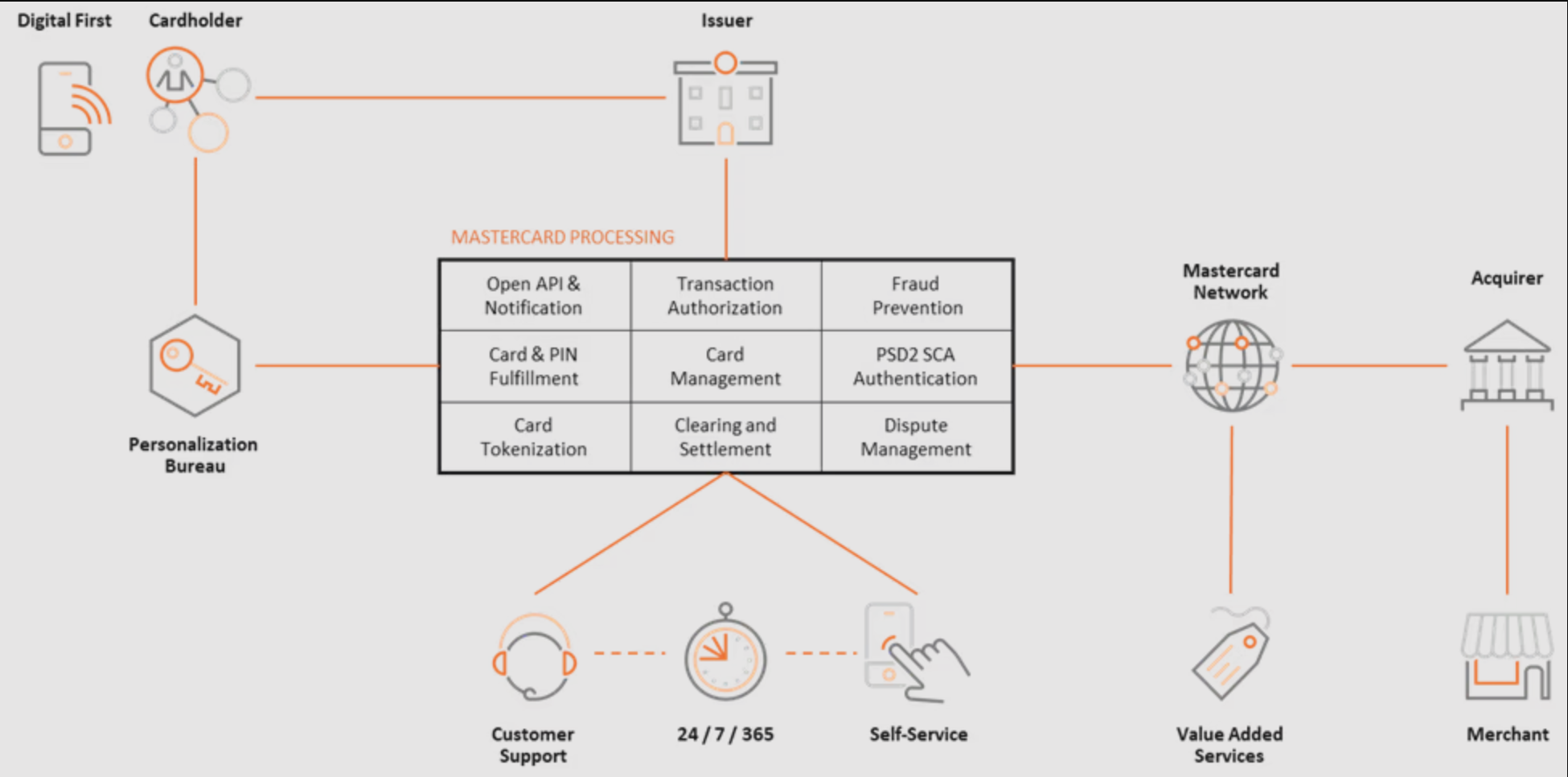
9. TrueLayer API
TrueLayer focuses on open banking and PSD2-compliant services. Its API allows apps to connect with bank accounts, initiate payments, and fetch real-time balances with user consent.
Features include instant account-to-account payments, identity verification, and financial insights.
Use cases: Popular in Europe, used by digital wallets, lending apps, and investment platforms for secure payments and transparent account access.
.png)
10. Experian API
Experian provides APIs for credit scoring and risk assessment. It works by tapping into its vast credit bureau database to deliver real-time credit histories and fraud checks.
Features include credit risk scoring, identity validation, and fraud detection.
Use cases: Widely used in underwriting, BNPL providers, and financial institutions for risk-based decisioning.
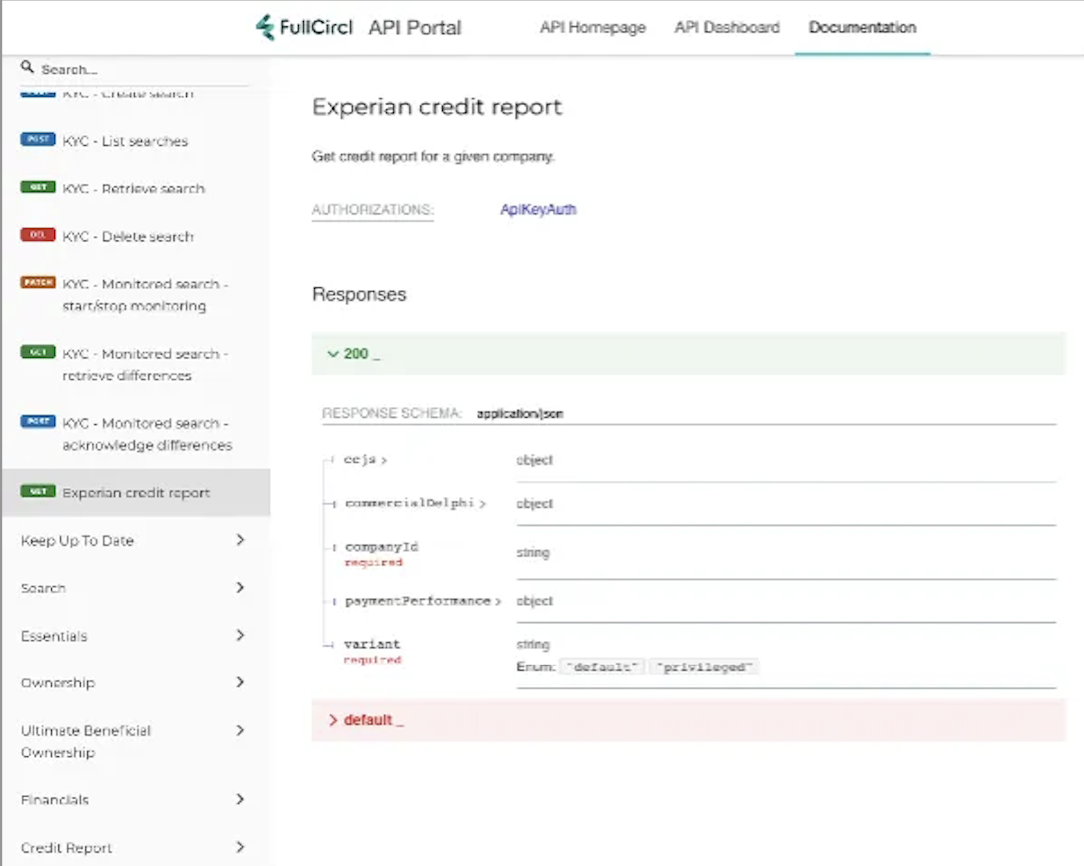
11. Marqeta API
Marqeta’s modern card issuing API powers virtual and physical debit/credit cards. It works by providing customizable card controls and real-time transaction monitoring.
Features include just-in-time funding, spend controls, and tokenized digital cards.
Use cases: BNPL providers, gig economy platforms, and neobanks rely on Marqeta to issue cards with dynamic spending rules.
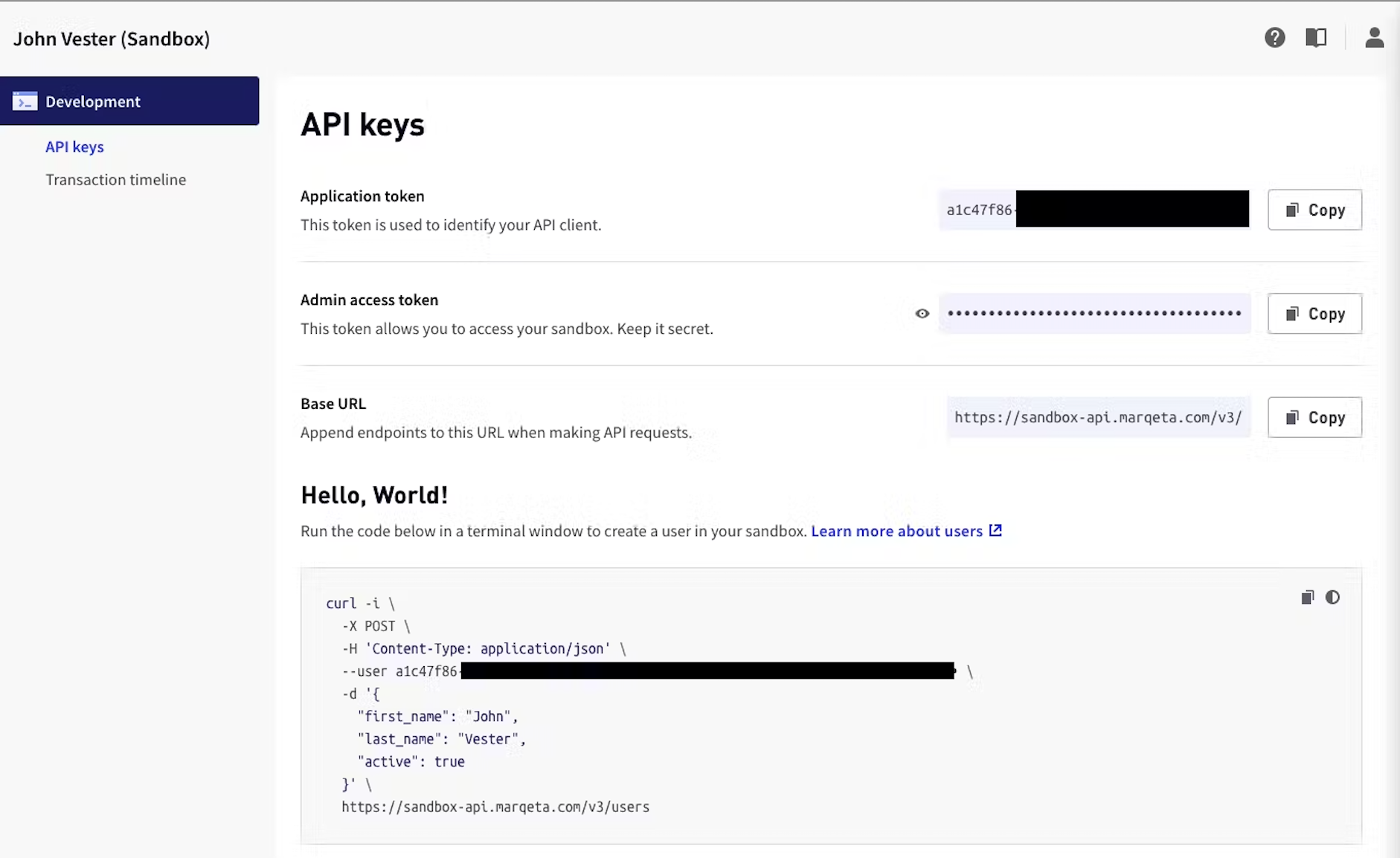
12. Fiserv API
Fiserv offers APIs across payments, risk, and banking infrastructure. Its APIs integrate seamlessly with legacy systems, making it a preferred choice for traditional banks moving to digital-first models.
Features include ACH payments, account validation, and fraud monitoring.
Use cases: Retail banks, insurance platforms, and merchant networks integrate Fiserv APIs for backend stability and scale.
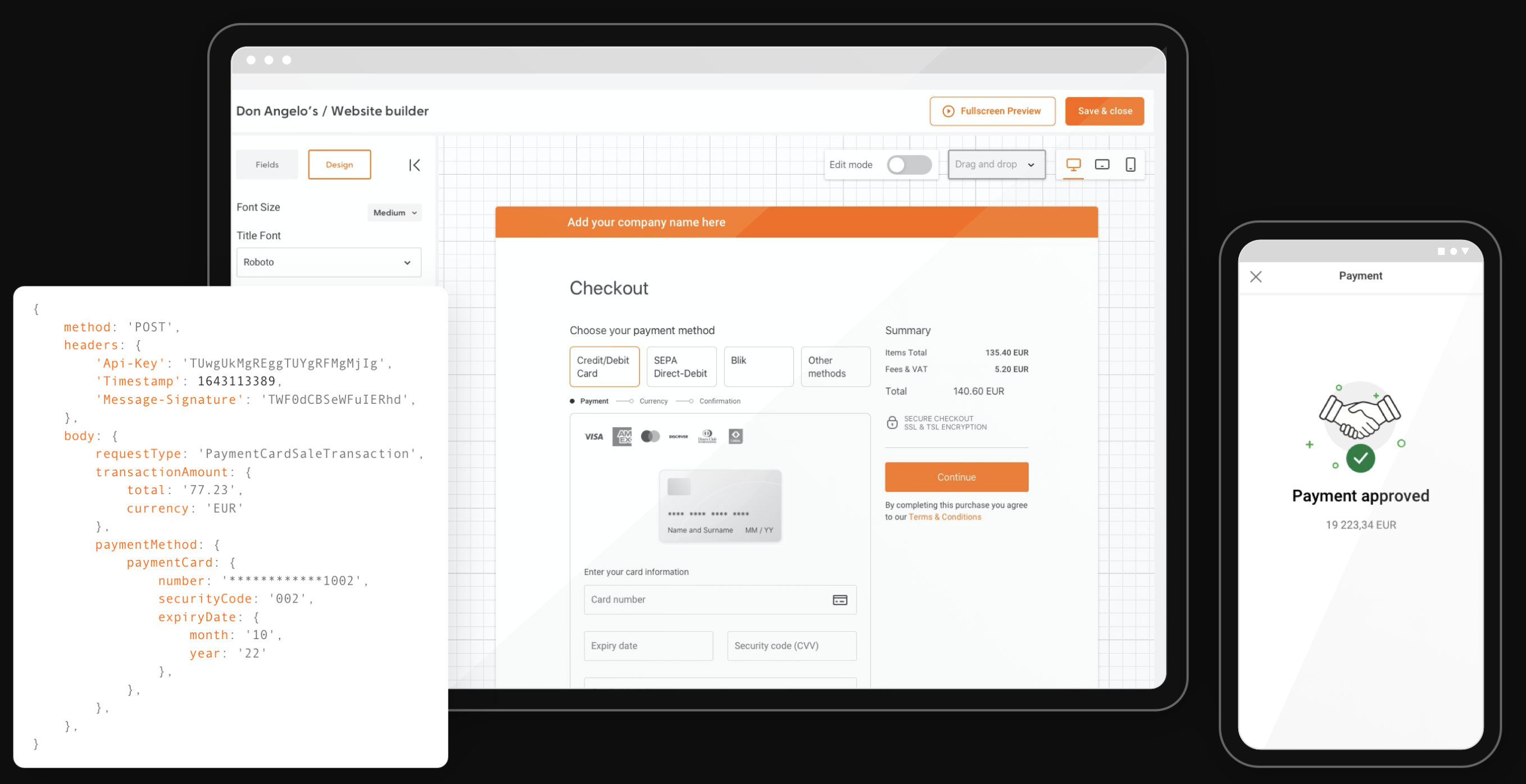
13. Finicity API (Mastercard)
Finicity, acquired by Mastercard, offers APIs for financial data access, particularly for credit decisioning. It allows lenders to pull real-time cash flow data directly from customer bank accounts.
Features include cash flow analytics, income verification, and compliance-ready reports.
Use cases: Mortgage lenders, auto financing, and personal loan providers integrate Finicity to replace outdated paper-based income proofs.
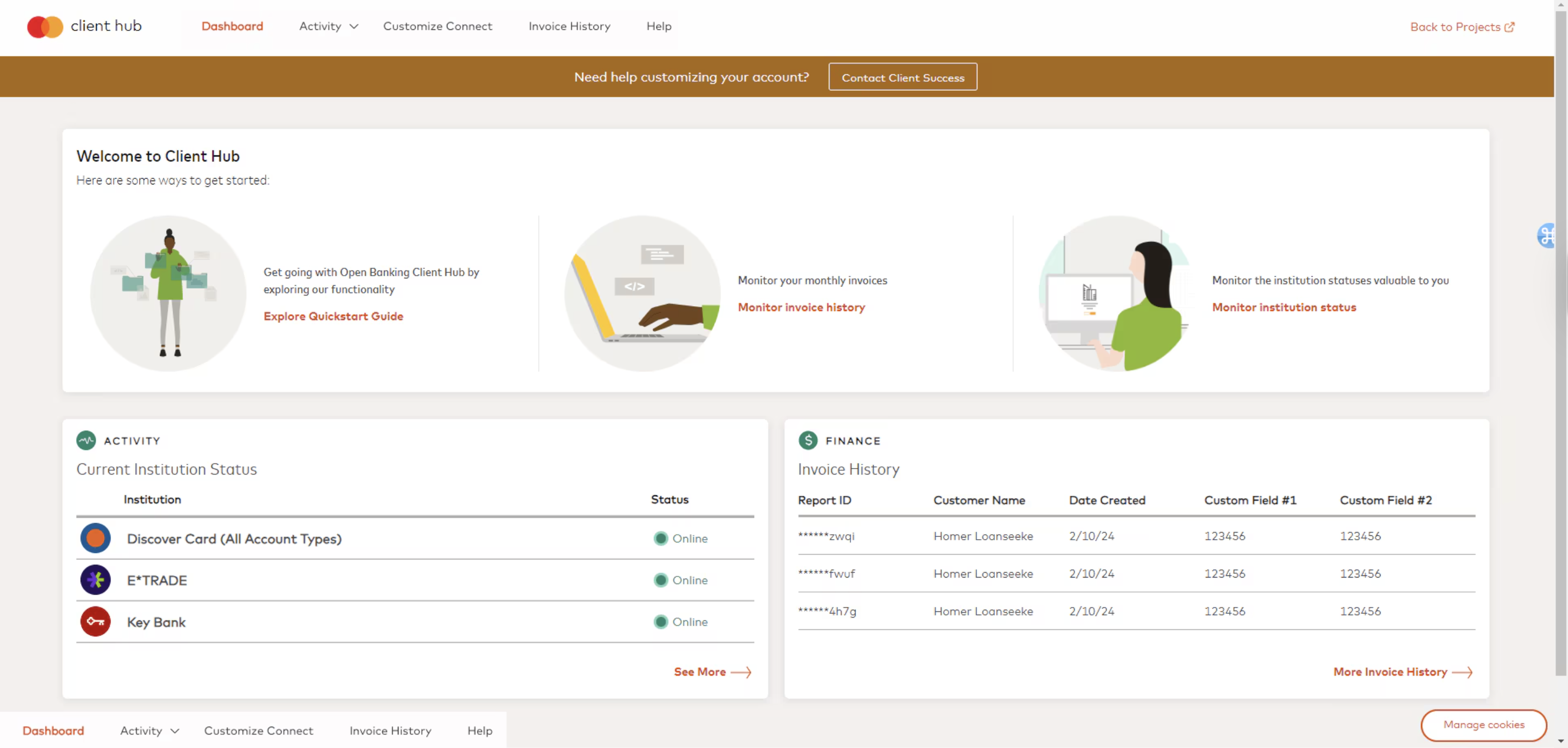
14. Tink API
Tink is Europe’s leading open banking API provider. It aggregates account data, enables payments, and delivers financial insights using AI.
Features include account aggregation, risk insights, and personalized financial recommendations.
Use cases: Neobanks, wealth apps, and credit platforms across Europe use Tink for secure account connectivity and smarter financial experiences.
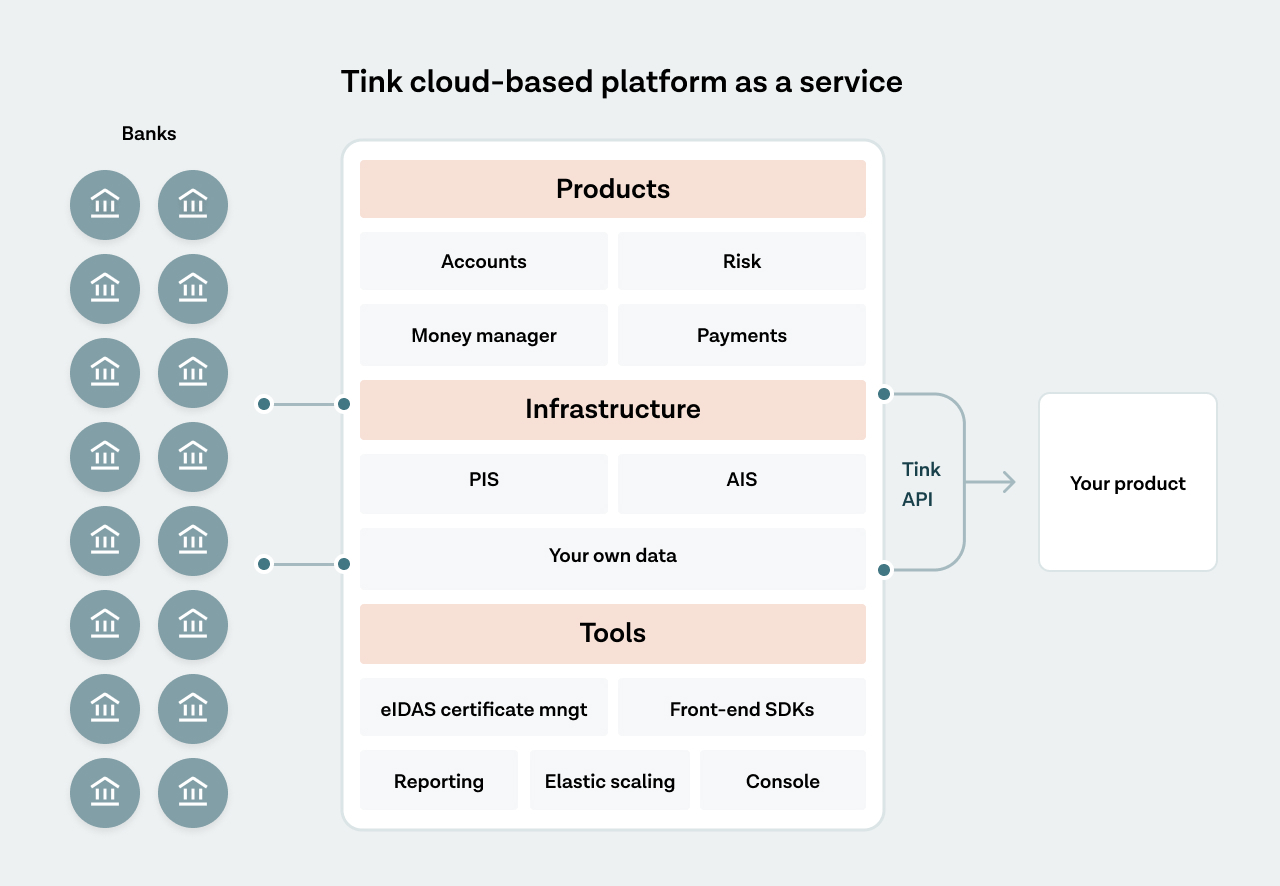
15. FIS API
FIS provides enterprise-grade APIs across payments, capital markets, and banking systems. It focuses on scale and regulatory compliance for large institutions.
Features include real-time payments, treasury management, and AML solutions.
Use cases: Global banks and payment processors integrate FIS APIs for mission-critical financial operations at scale.
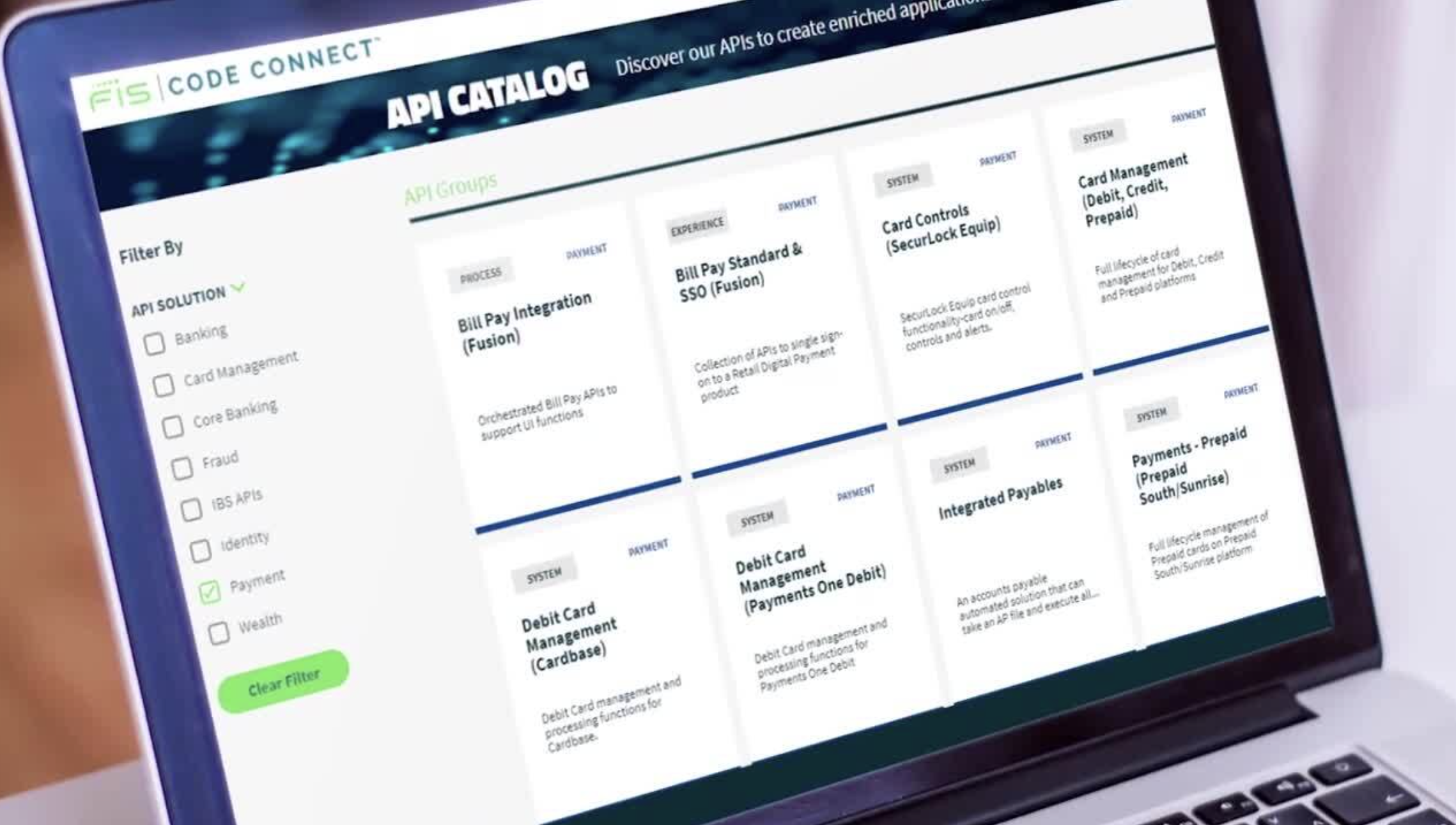
Comparison Table: Top 15 Fintech APIs (2025)
.jpg)
Challenges and Considerations
- Security & Fraud – APIs must protect against token hijacking, man-in-the-middle attacks, and unauthorized access.
- Regulatory Fragmentation – Open banking standards differ between geographies, creating integration overhead.
- Scalability & Reliability – APIs must handle spikes in transaction volumes without downtime.
- Vendor Lock-in – Enterprises need to evaluate whether APIs integrate with wider systems or create silos.
Future Trends in Fintech APIs
- Embedded Finance will expand beyond payments to insurance, investments, and credit.
- Standardization will reduce friction across borders, with regulators pushing common protocols.
- AI-powered APIs will provide predictive insights, anomaly detection, and real-time risk assessment.
- Interoperability Frameworks like MCP (Model Context Protocol) may play a role as enterprises orchestrate hundreds of APIs and AI models together, ensuring context flows securely across workflows.
- Real-Time Payments & CBDCs will accelerate API adoption as central banks modernize infrastructure.
Conclusion
Fintech APIs are no longer back-end utilities; they’re strategic enablers for enterprises. They reduce the burden of compliance, accelerate innovation, and unlock new revenue streams. Choosing the right mix of APIs depends on geography, regulatory environment, and the scale of integration required.
What’s clear is that enterprises that treat APIs as part of their core architecture, not bolt-ons, will be positioned to lead in the next decade of finance. At Arya, we view this shift as more than connectivity it’s about building resilient, explainable, and future-ready systems that scale with regulatory and business demands.





.png)





.png)




.png)
.svg)


